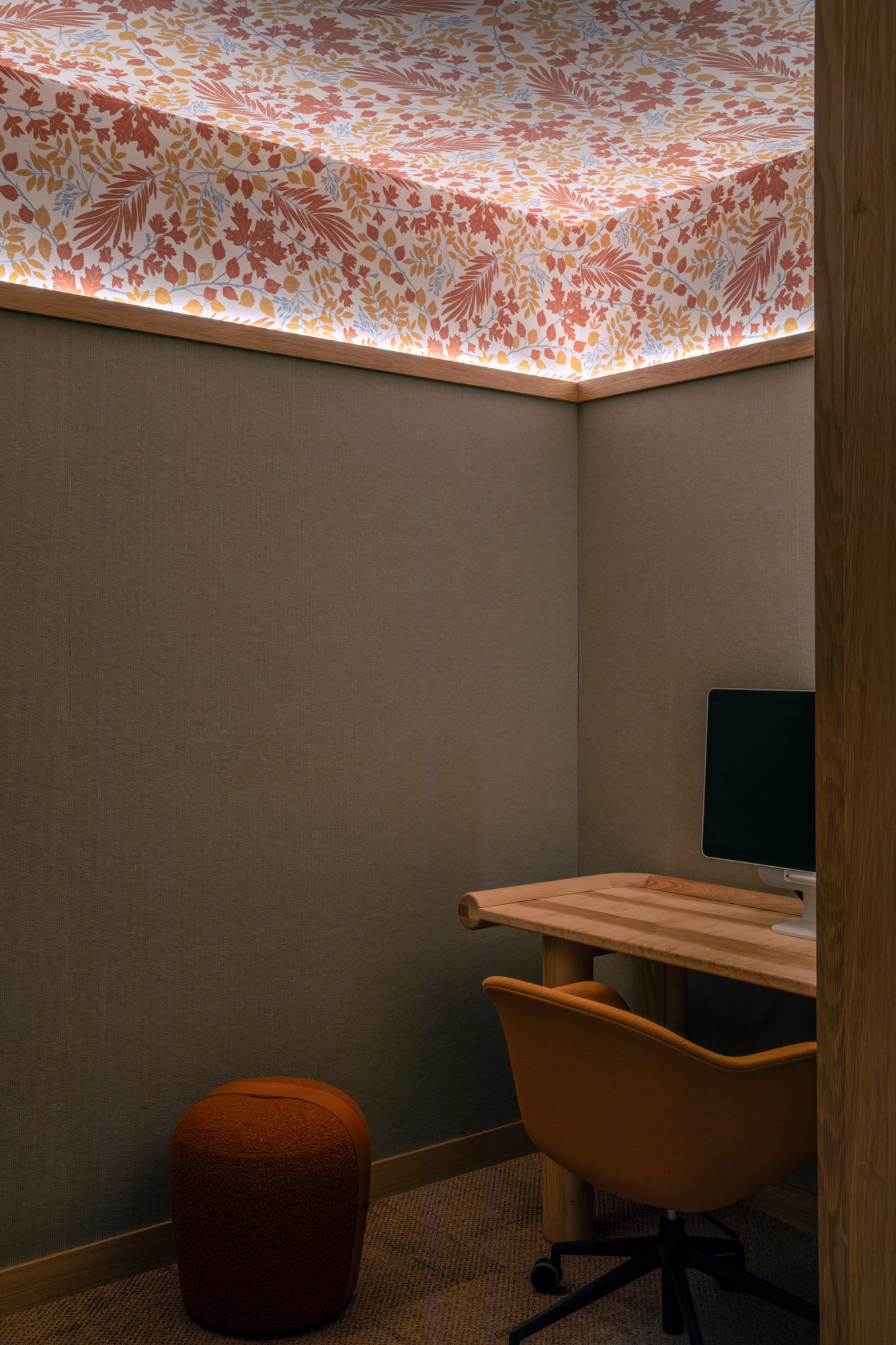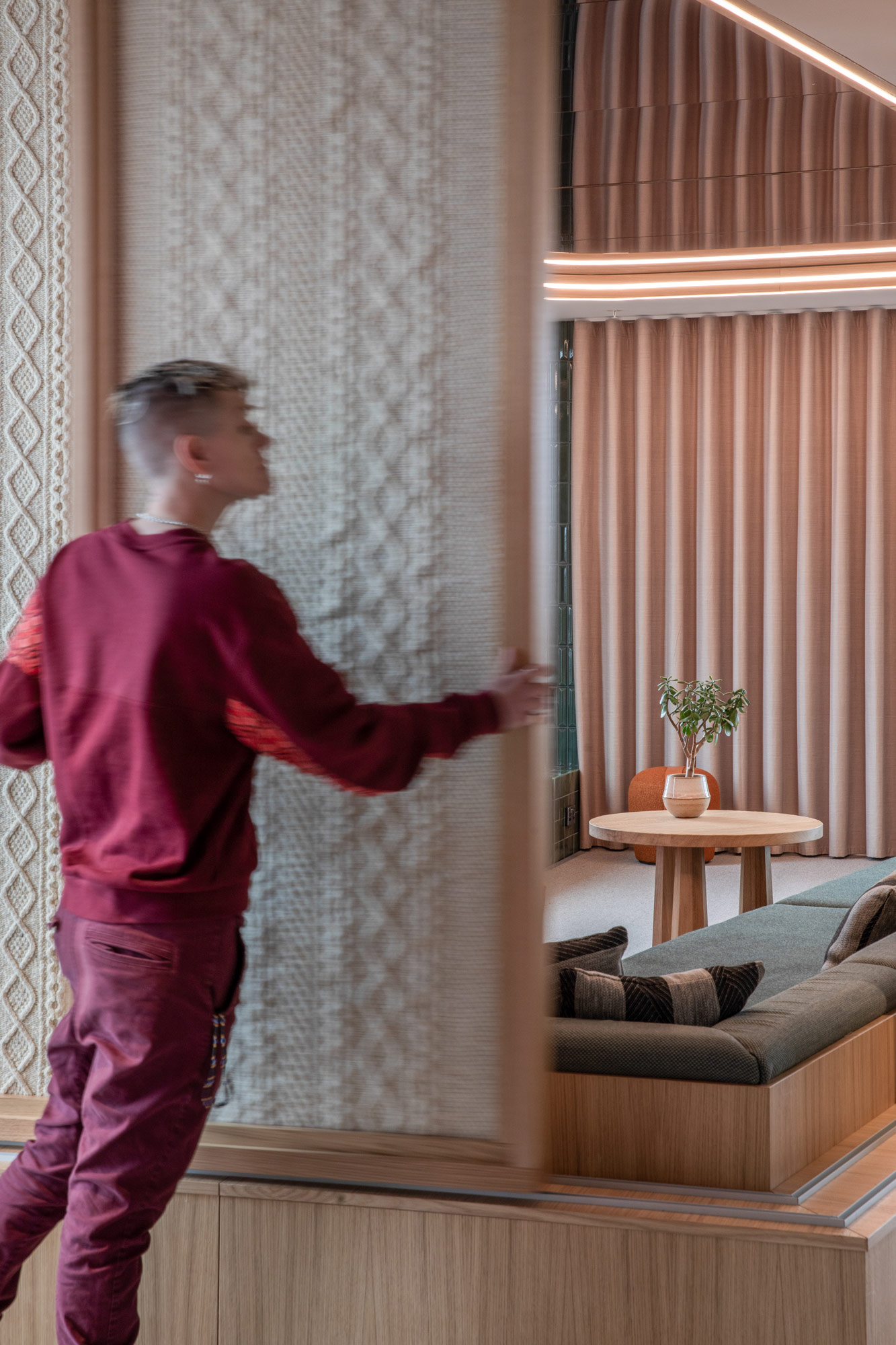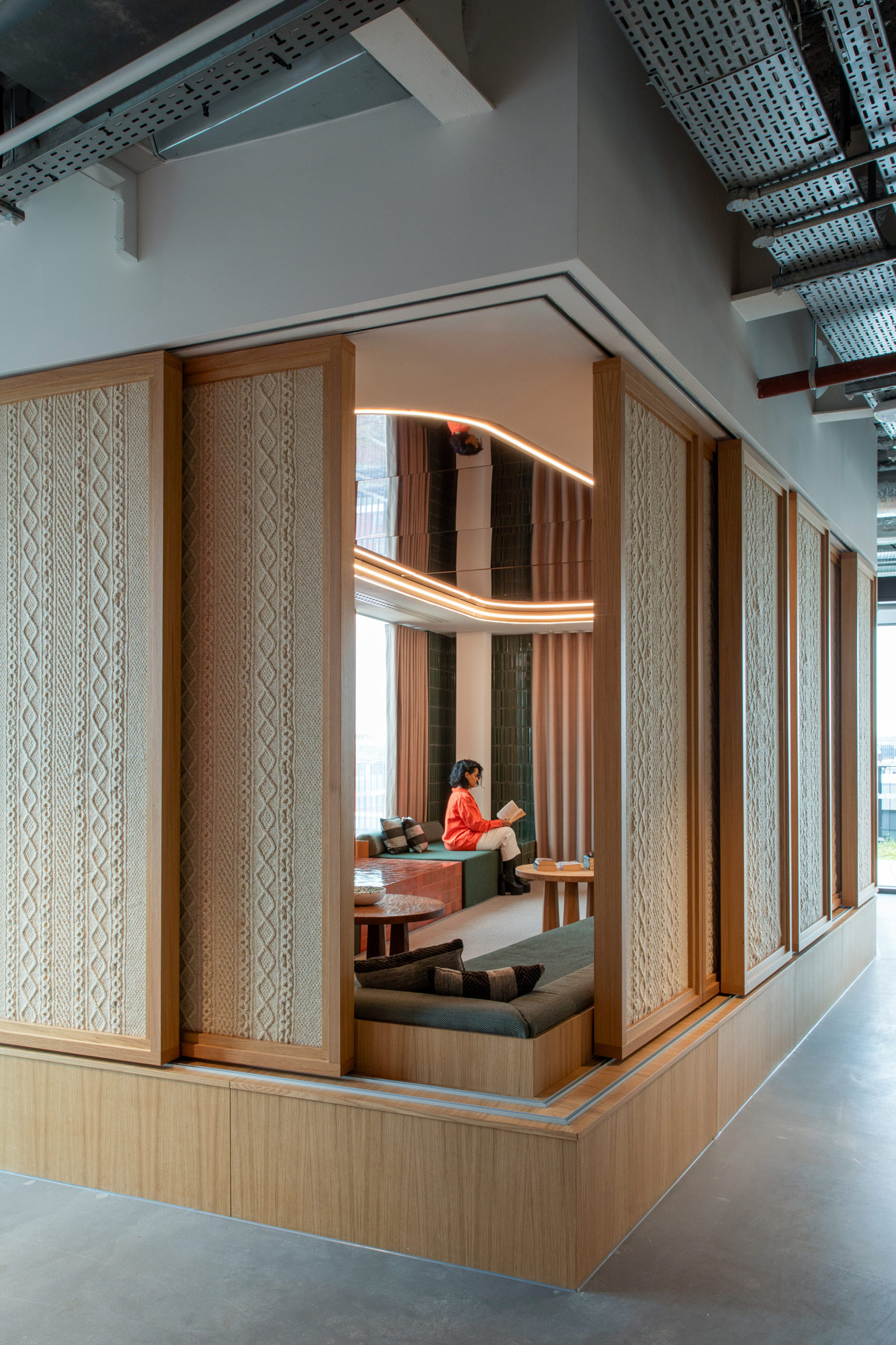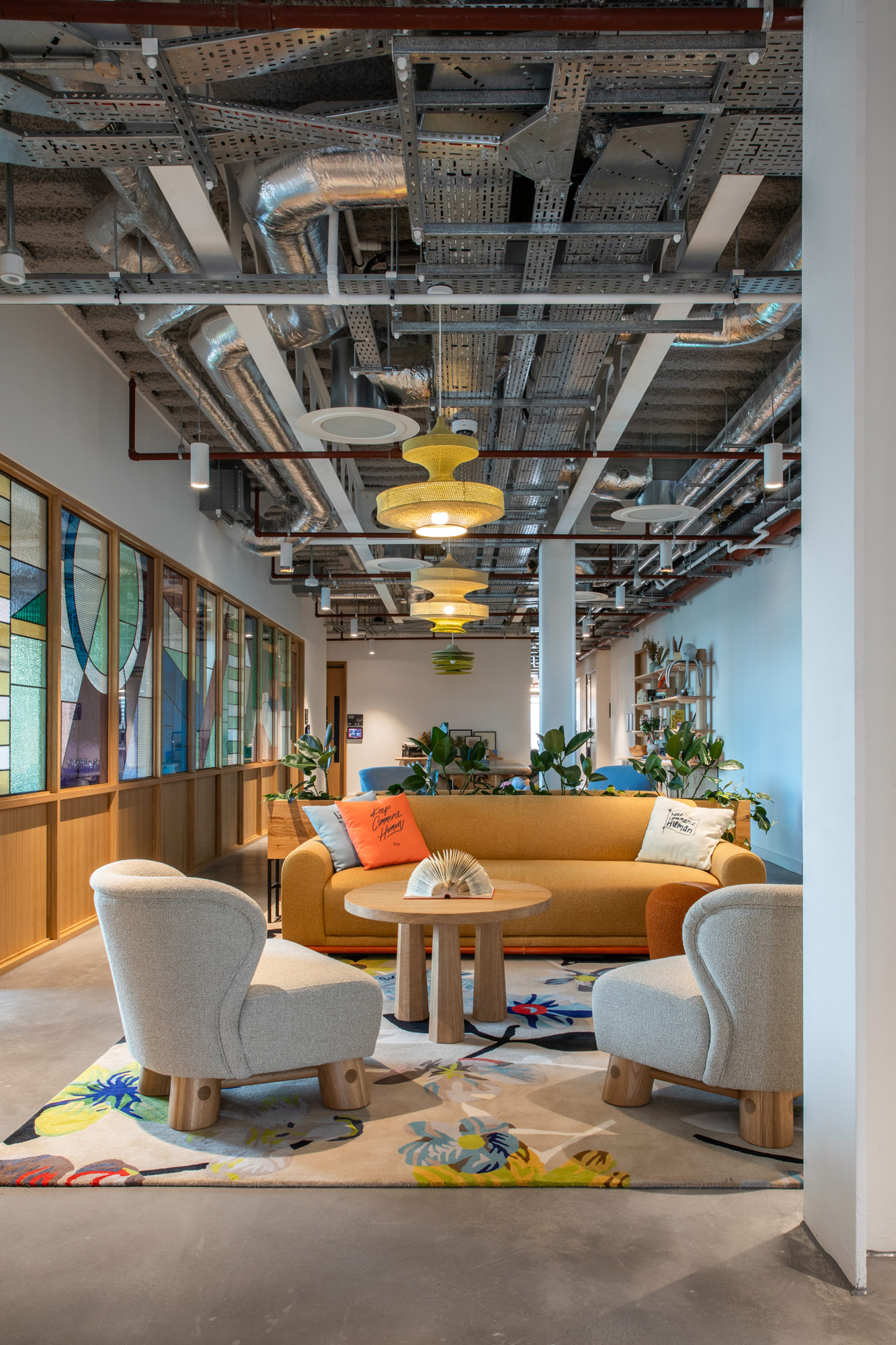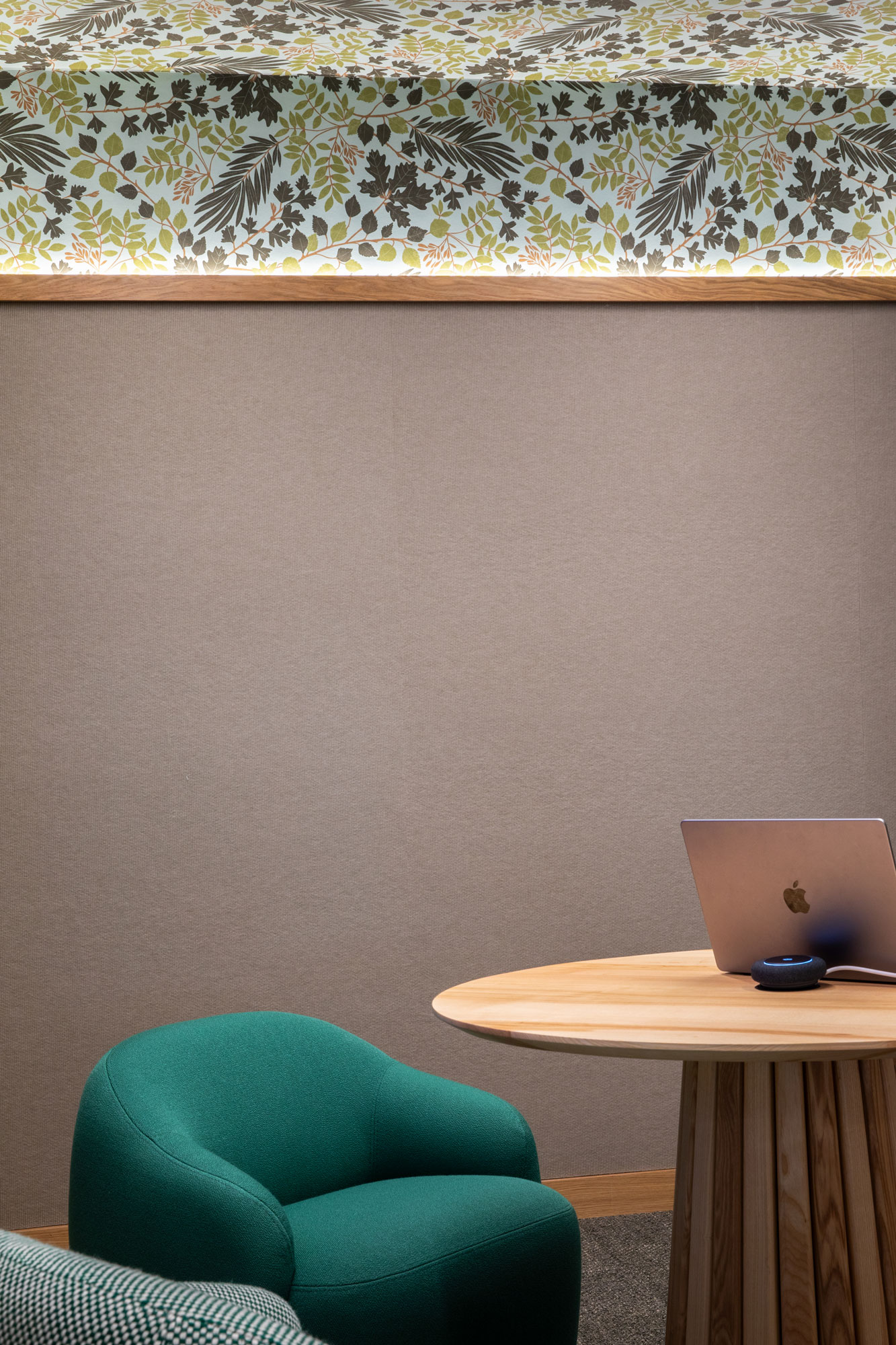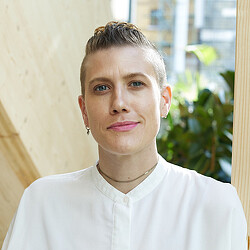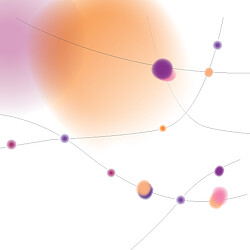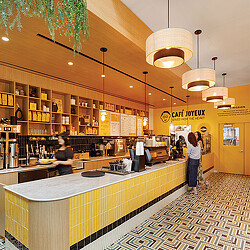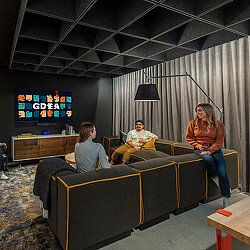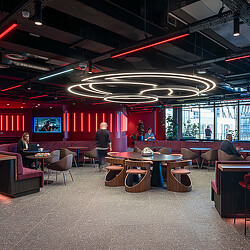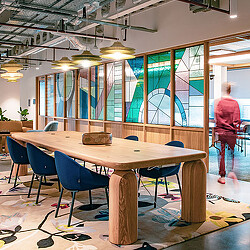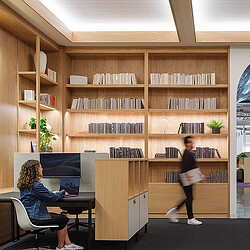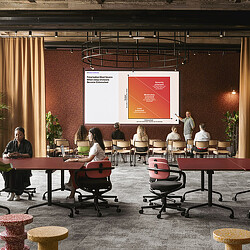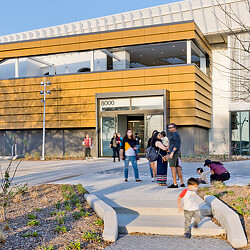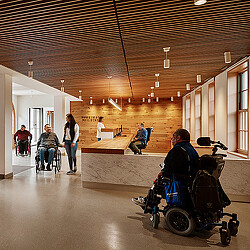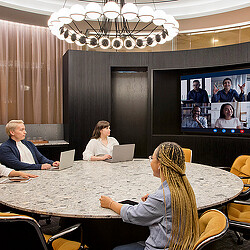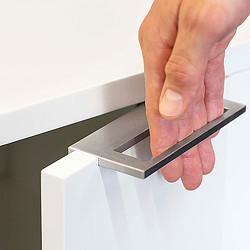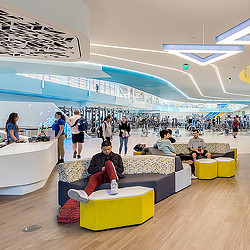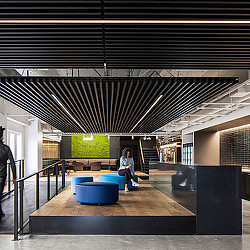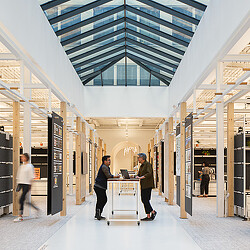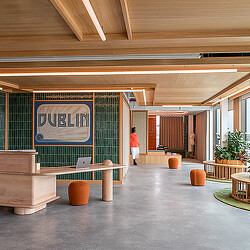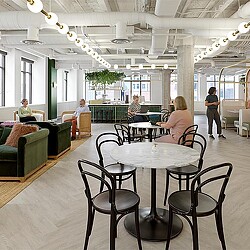Creating Inclusive Spaces by Designing for Neurodiversity
Sensory inclusion is not only responsible design, it is also an opportunity to make informed decisions that produce intentionally designed spatial experiences.
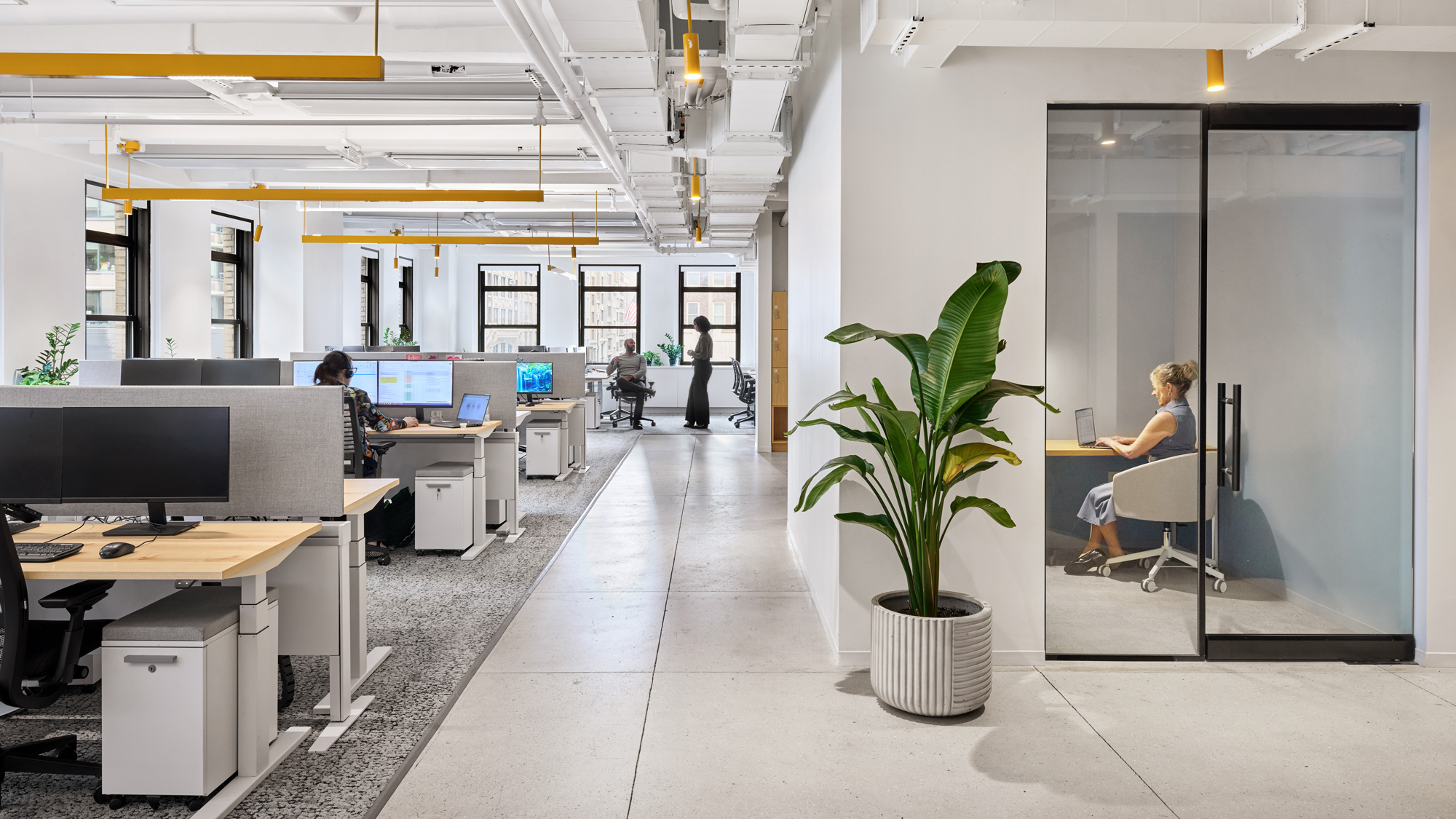
Designing for neurodiversity is an essential evolution in our drive to craft inclusive environments that support productivity, well-being, and employee satisfaction. By understanding the unique sensory needs of neurodiverse individuals through evidence-based design principles, we can foster workplaces that are not only functional but also welcoming and adaptive to the full spectrum of human experiences. Sensory inclusion is not only responsible design, it also affords us as designers the opportunity to make informed decisions supported by tangible inputs which, in turn, produce intentionally designed spatial experiences.
The Evolution of Design Principles: From Sustainability to Neurodiversity
Considering neurodiversity in design today is crucial, as it addresses the unique sensory and cognitive needs of a diverse population. It acknowledges the individuality of experiencing space and how it is perceived differently by different people, being mindful of the impact of the spaces we design on the mental health and comfort of its inhabitants. Much like how sustainability addresses the environmental impact of design, wellness addresses the social and psychological impact of the spaces we create. While sustainability focuses on creating environmentally friendly spaces, neurodiversity ensures that environments are inclusive and supportive for everyone, particularly those with neurodevelopmental differences. As our awareness and research in the industry grows, we evolve these principles among the design principles guiding us to create better, more inclusive, and healthier environments and target different aspects of human and environmental well-being.
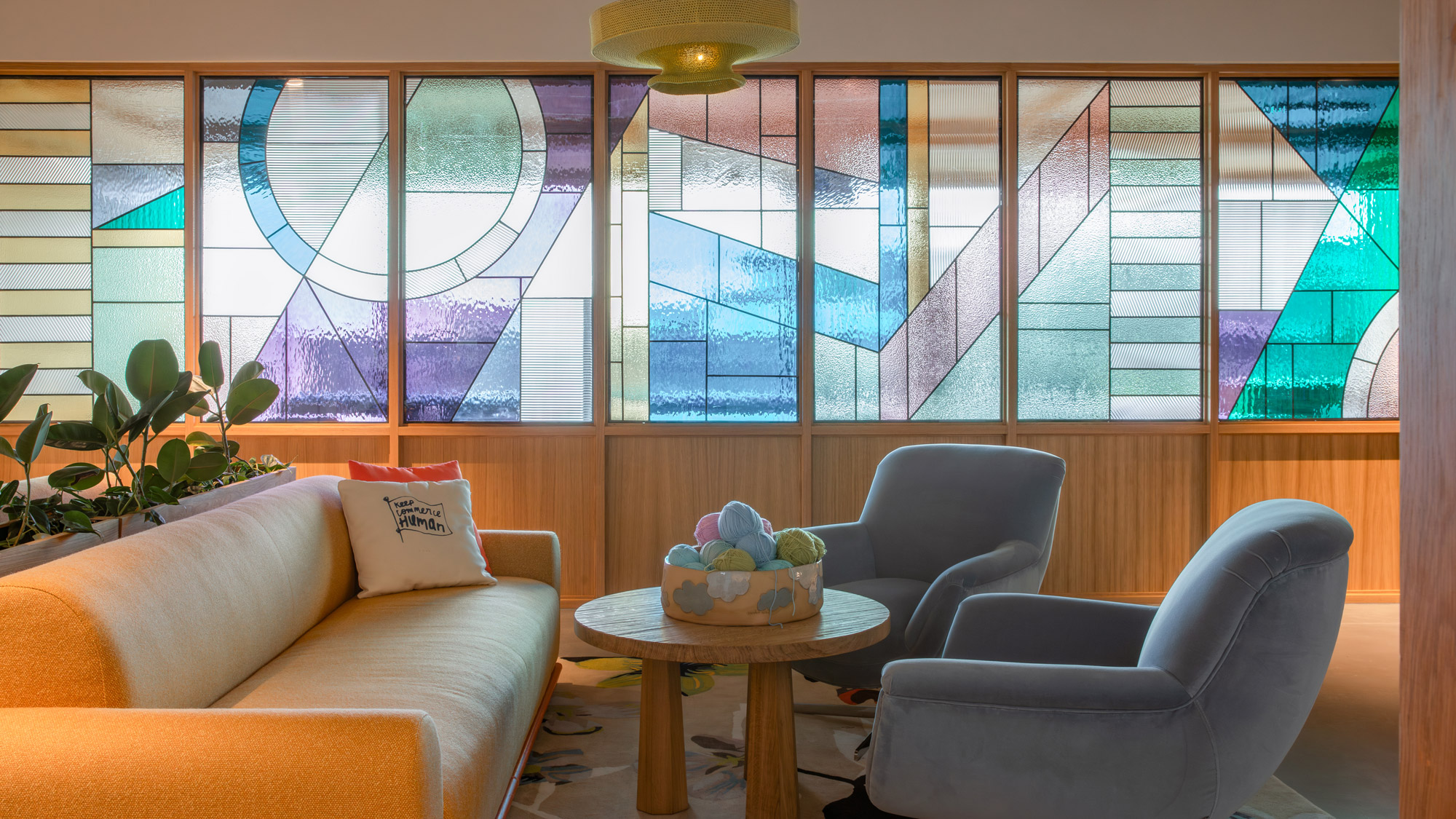
Understanding Neurodiversity
Neurodiversity encompasses the variety of neurological differences in the human brain, including conditions such as autism spectrum disorder (ASD), attention deficit hyperactivity disorder (ADHD), dyslexia, and dyspraxia. These conditions are characterised by unique ways of thinking, learning, and interacting with the world. The prevalence of neurodivergent conditions varies, sitting somewhere between 15-20% of the global population. There is also an interconnected nature of these conditions, where traits associated with ADHD are often found in individuals with autism, and vice versa.
Understanding the diversity within neurodivergence is crucial, as even among individuals with the same diagnosis, the manifestation of traits and their overall environmental experience can vary significantly.
Staff Retention and Performance in Neurodiverse-Friendly Environments
- Increased Productivity: Teams that include neurodivergent professionals can be up to 30% more productive than those without them. This increase in productivity is attributed to the unique skills and perspectives that neurodivergent individuals bring, such as enhanced attention to detail, pattern recognition, and creative problem-solving.
- Higher Retention Rates: Companies that run some of the largest U.S. autism hiring programs report a retention rate of over 90%.
- Improved Employee Engagement and Innovation: Organisations that focus on neurodiversity efforts report higher levels of employee engagement and innovation. These environments foster psychological safety, enabling all employees to contribute their best ideas and efforts.
- Talent attraction: A 2022 Glassdoor study found that DEI is important to most job seekers across all age groups, and in particular younger generations. With neurodiversity being a key aspect of diversity, supporting it is essential for companies hoping to attract the next gen of talent.
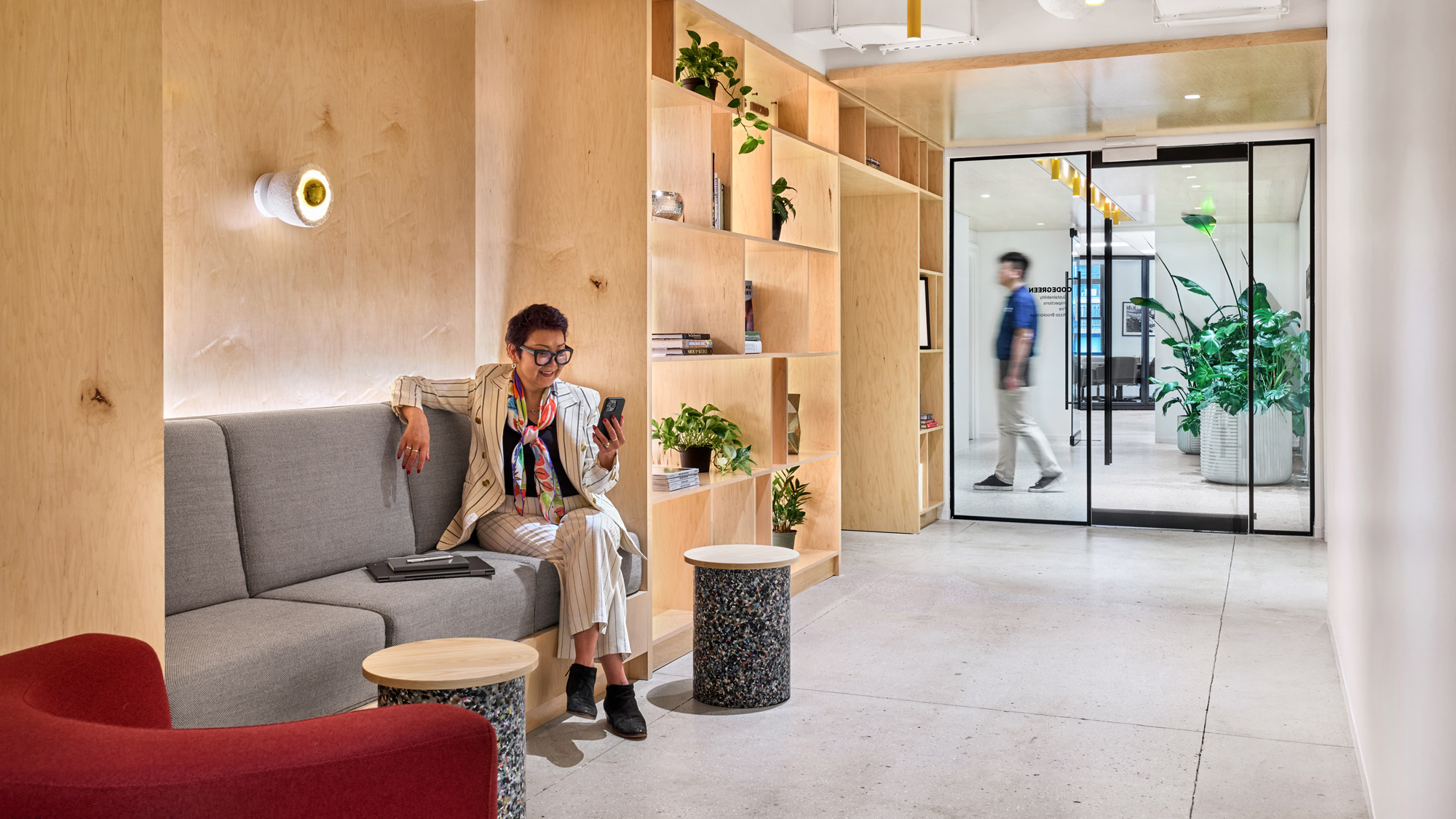
The Impact of Poor Design on Productivity and Well-being
As we well know, poor office design can have a significant impact on productivity and well-being. We’ve heard it before – ensuring ergonomic design enhances productivity; Exposure to natural light improves mood, reduces eye strain, and enhances sleep quality; Excessive noise levels can induce stress and decrease concentration; and maintaining optimal temperature levels is vital for cognitive function and productivity.
Recognizing neurodiversity means acknowledging that everyone experiences the world differently, with unique sensory, cognitive, and emotional needs. It promotes the idea that neurological differences are natural variations rather than deficits. Sensory processing issues can manifest in various ways, such as sensitivity to sound, light, or touch, or a need for certain sensory inputs such as specific textures. By designing for neurodiversity, we recognize these natural differences and shift the focus from a one-size-fits-all design to a more focused and flexible approach.
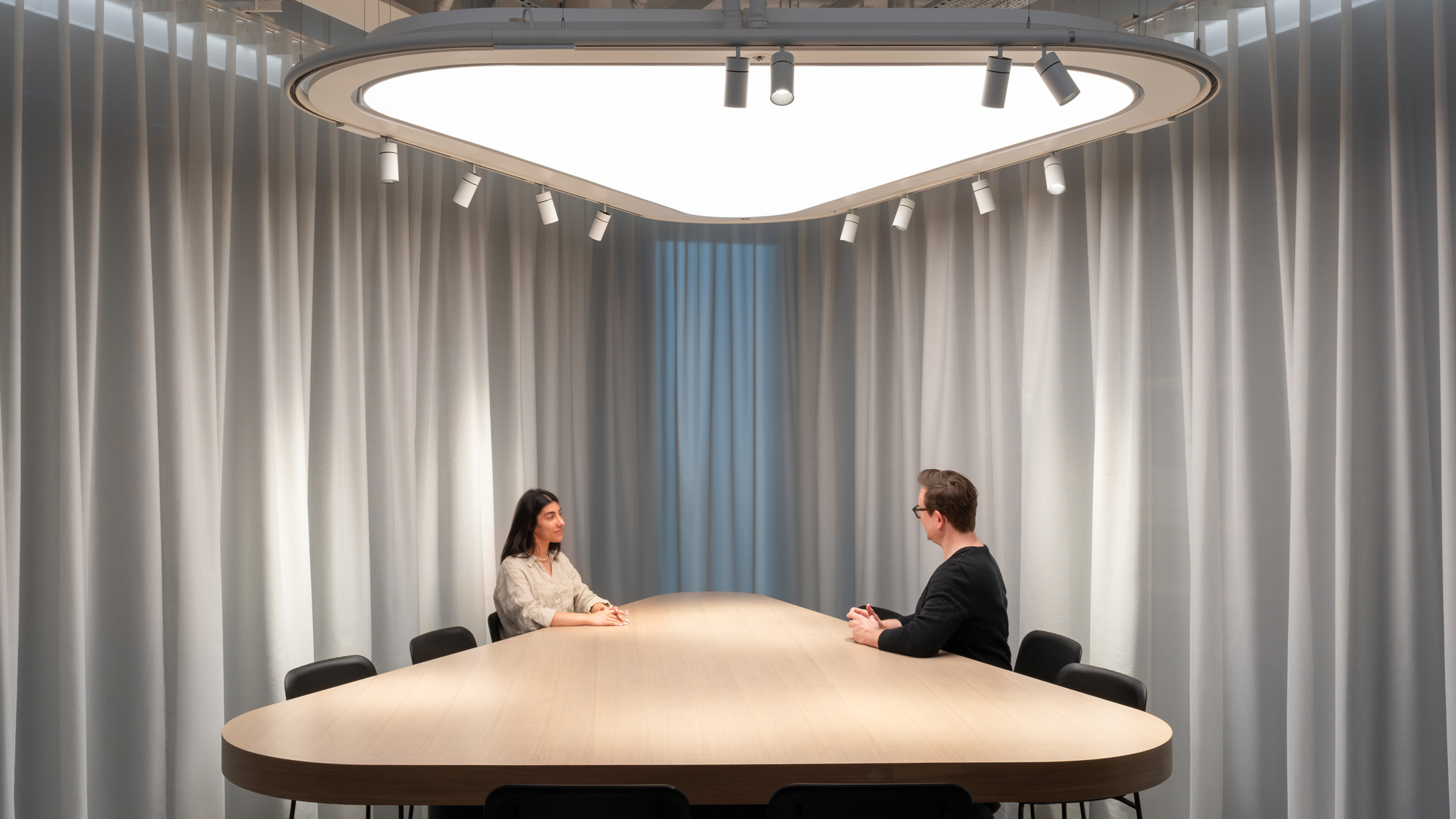
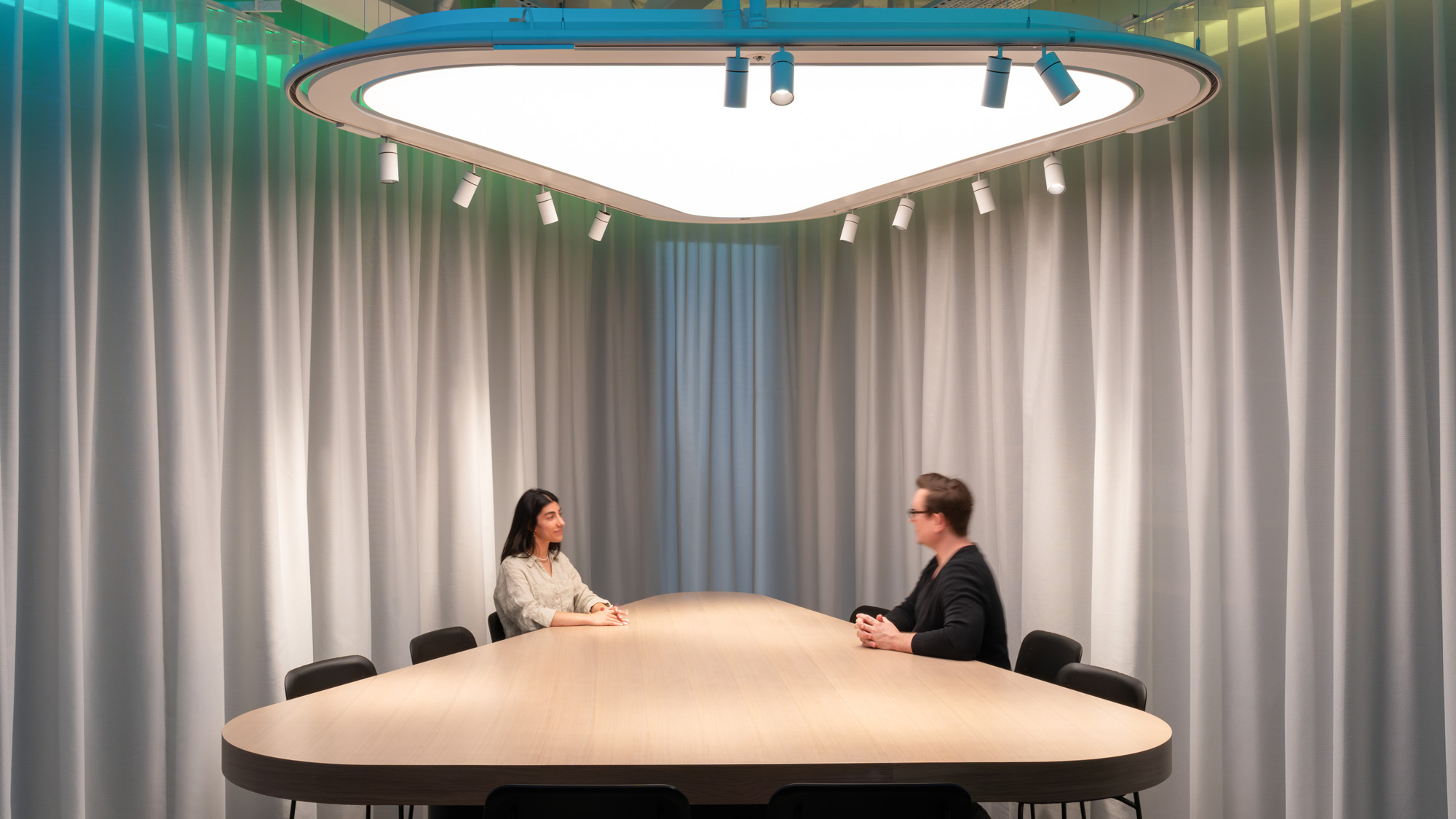
Designing for the Senses
Considering the following measures in the design process can help minimize sensory overload and mental fatigue for neurodiverse individuals, while enhancing comfort and productivity. Since the aim is to create spaces that reflect the diversity of the neurological spectrum, adaptability and flexibility are key. Having a range of work environments within the workplace, each incorporating sensory strategies, maximizes choices for the employees to achieve comfort and productivity.
One of the key indicators of neurodiversity and a common experience of neurodiverse individuals is Sensory Processing Sensitivity, which refers to a heightened or altered processing response to external stimuli. While neurotypical individuals might experience discomfort in a high-stimulus environment, the hypersensitive sensory processing of neurodiverse individuals can be overwhelming, causing sensory fatigue and sensory burnout. Keeping that in mind, considering the senses while designing helps create comfortable workplace options. Below are a few suggestions for design strategies around the senses for neurodiverse individuals.
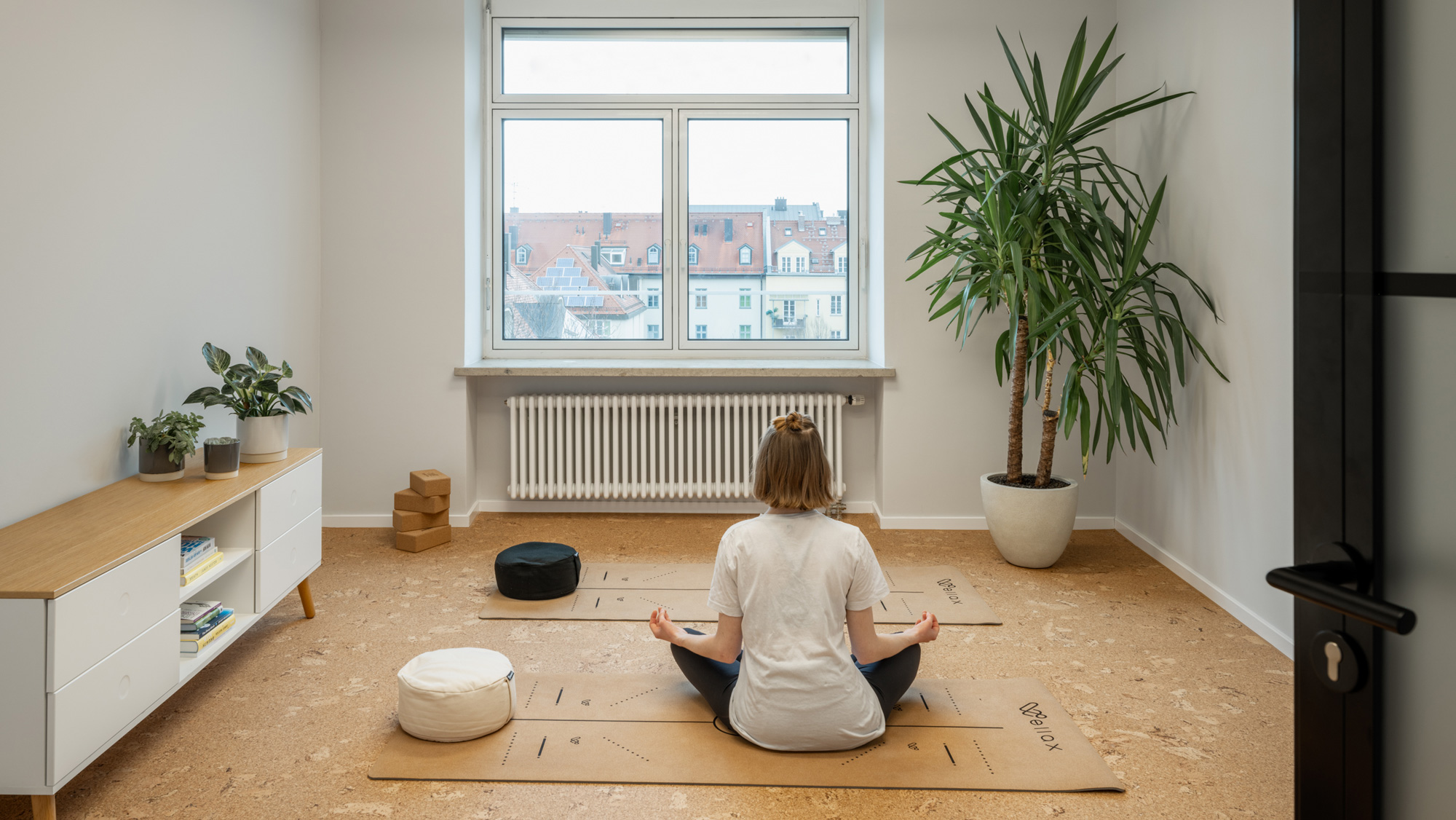
Lighting, colour schemes, and visual clutter
Optimizing visual elements for neurodiverse individuals involves using adjustable and natural lighting to reduce glare and eye strain, choosing calming colour schemes that avoid overly bright or contrasting colors, and minimizing visual clutter by keeping spaces organized and using clear signage. These strategies help create a visually comfortable environment that reduces sensory overload and enhances focus and well-being.
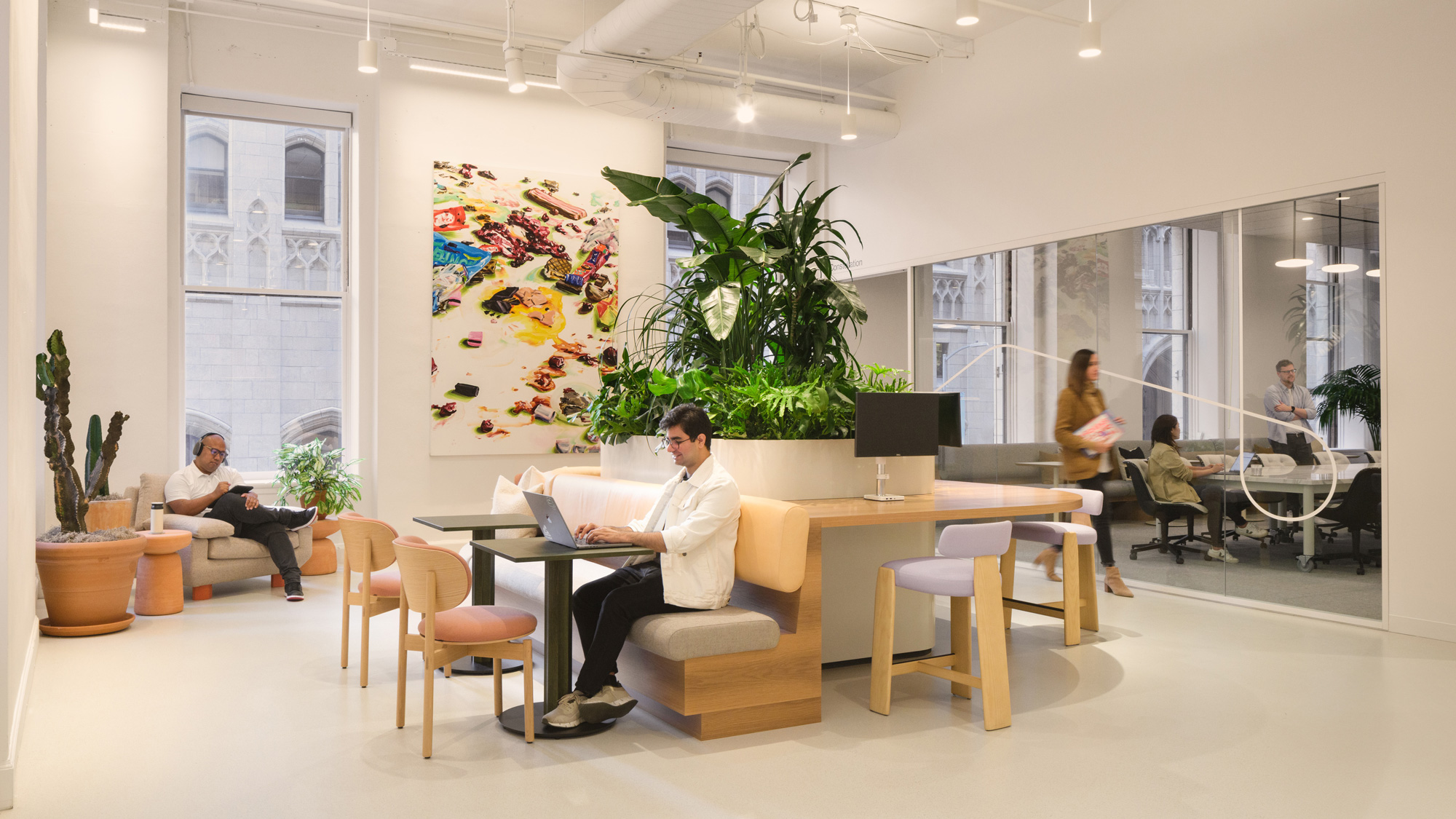
Acoustic design, noise control, and quiet zones
Acoustic design is crucial in managing auditory stimuli, which can be particularly distracting for neurodiverse individuals. Effective strategies include using sound-absorbing materials like carpets and acoustic panels, creating designated quiet zones or rooms, providing noise-cancelling headphones, and designing spaces with buffer zones to reduce noise transmission. These measures help create a more serene and focused work environment.
Textures, materials, and ergonomic furniture
The choice of textures, materials, and ergonomic furniture can significantly impact tactile comfort. Using soft and varied textures can provide a soothing sensory experience, while ergonomic furniture supports physical comfort and reduces bodily strain. For example, adjustable chairs, desks, and footrests can help accommodate different body types and ergonomic preferences, ensuring that everyone can work comfortably and effectively.
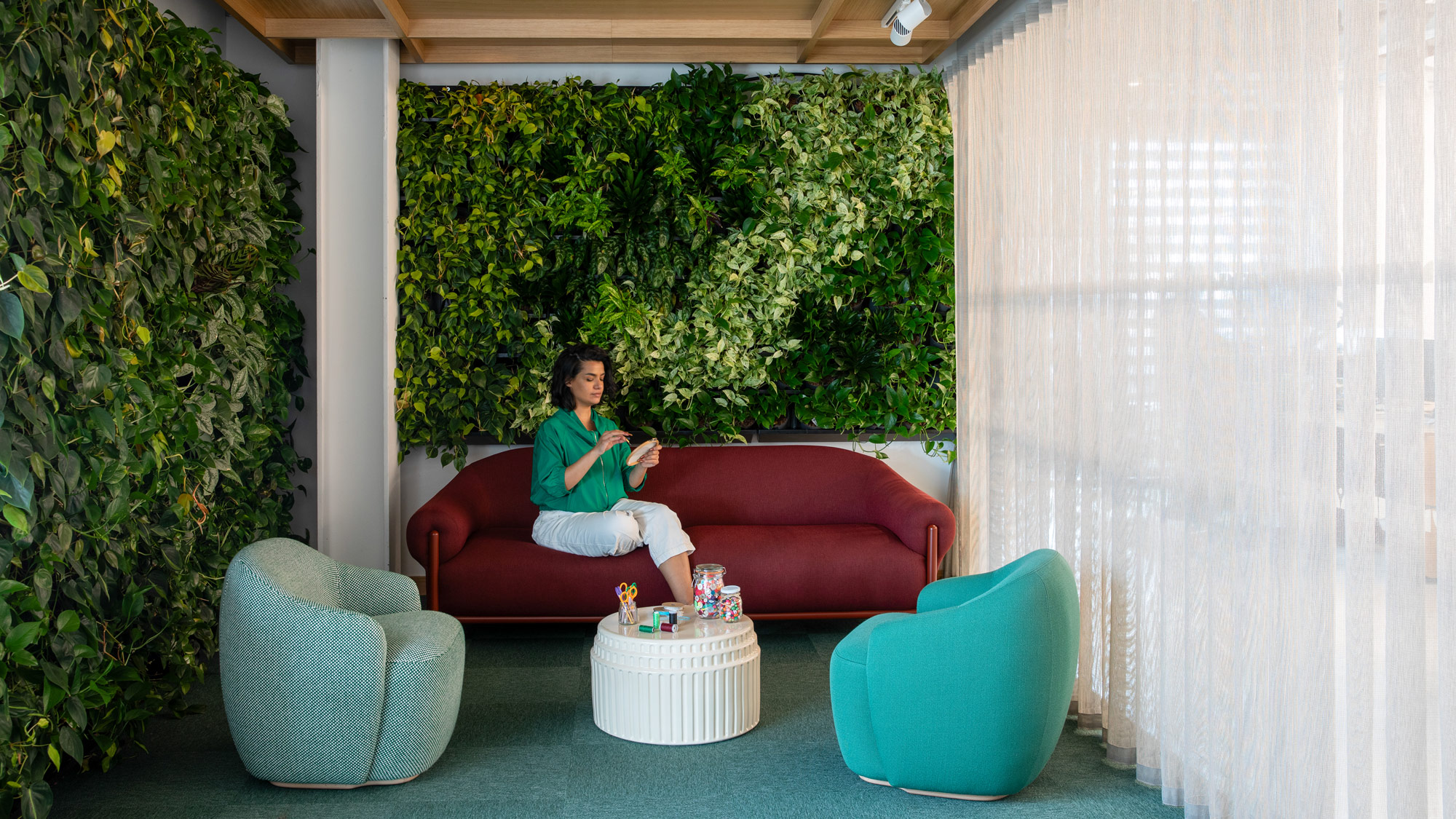
Air quality, scent-free policies, and microwave policies
Enhancing air quality through proper ventilation and air purification systems can reduce irritants and improve overall comfort. Implementing scent-free policies helps prevent sensory overload from strong smells, which can be distracting or triggering for some individuals. Thoughtfully designed break areas with access to fresh air, and contained microwave areas, should be considered as well.
It is important to remember that these are just a selection of examples of varietal settings and optics to be considered on the design spectrum, and that the thing that strengthens the calm colour schemes, for example, is having spaces with bright colour schemes as well for individuals to choose between. It’s all about diversity.
Practical Tips for Inclusive Design
Organizations can continuously improve their inclusive practices by conducting regular sensory audits to assess and address environmental factors that impact neurodiverse individuals. Engaging neurodiverse employees in the design process through surveys, focus groups, and direct feedback ensures their needs and preferences are considered, ideally working with an Inclusive Design Consultant throughout all of the design stages. Finally, providing ongoing training for staff and updating design practices based on evolved research and feedback helps maintain an inclusive and supportive workplace.
As society shifts its understanding of how the brain operates, the ways in which we design for those who are neurodivergent will also shift and evolve. The more we understand and accept the fact that it’s common for brains to work differently, the more we can go about designing spaces abundant with choice, variety, and built in flexibility that allow all to mentally thrive and do their best work. Let's continue to innovate and adapt our designs to create truly inclusive environments for everyone.
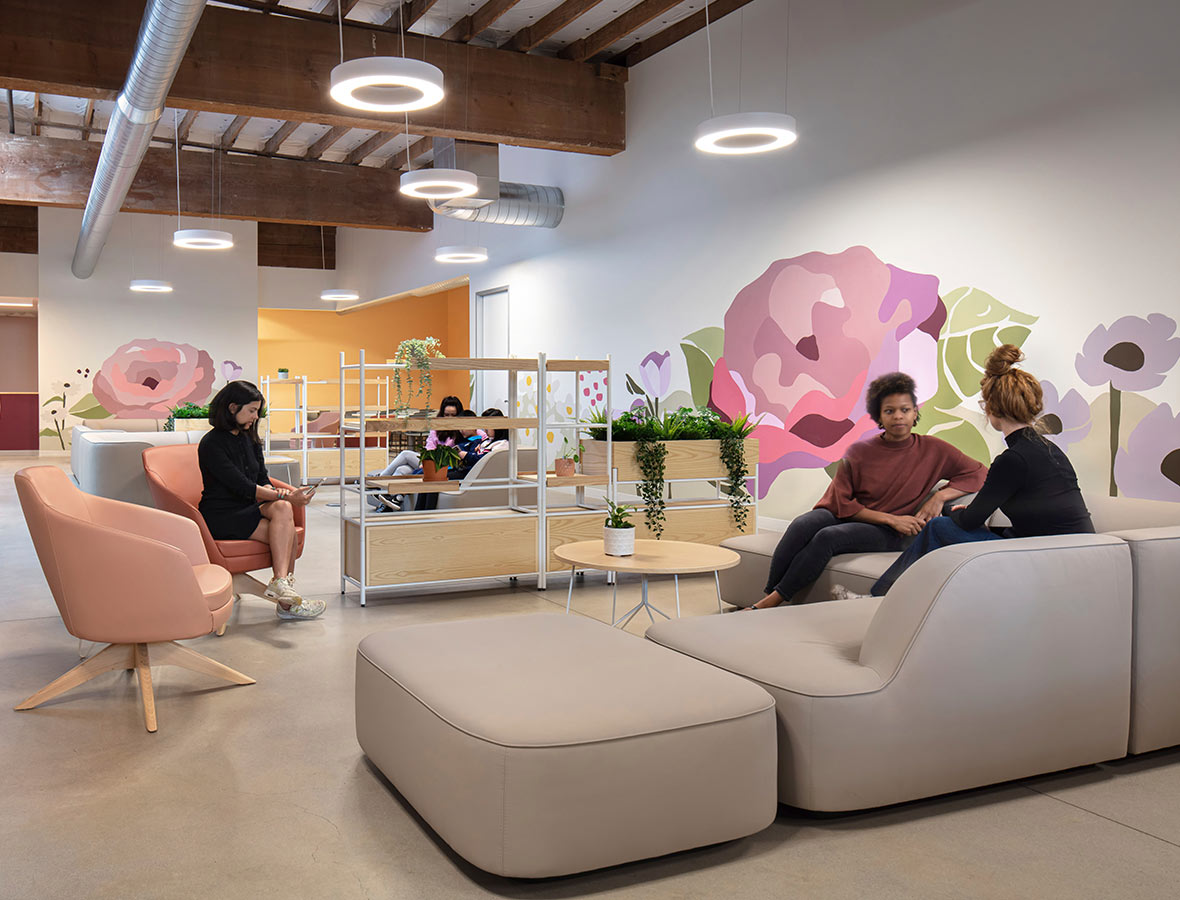
For media inquiries, email .

